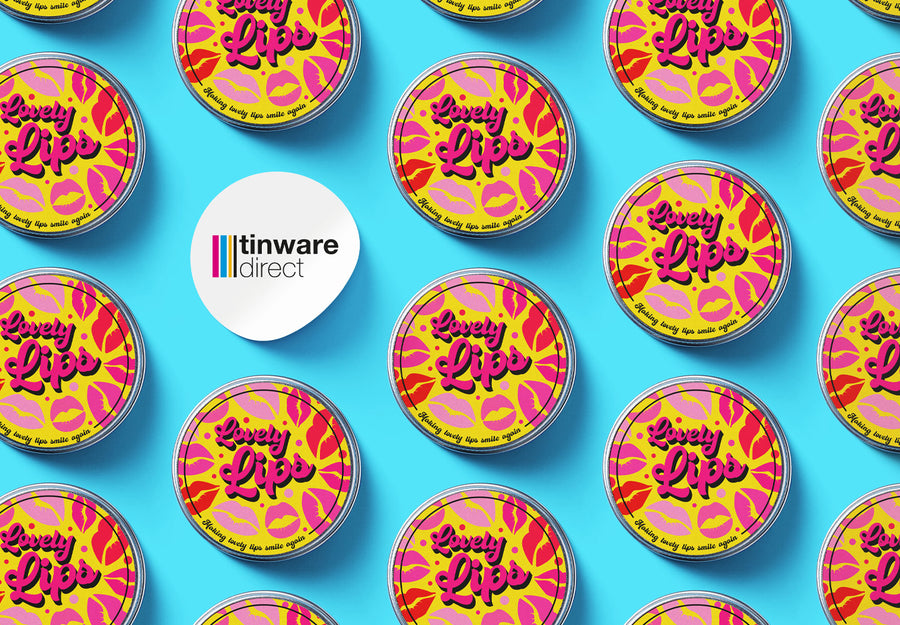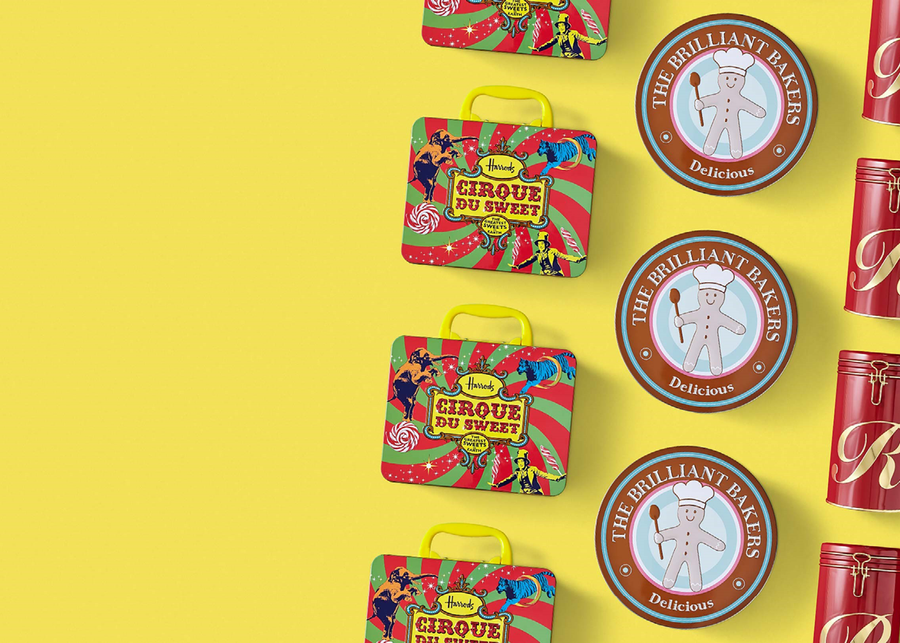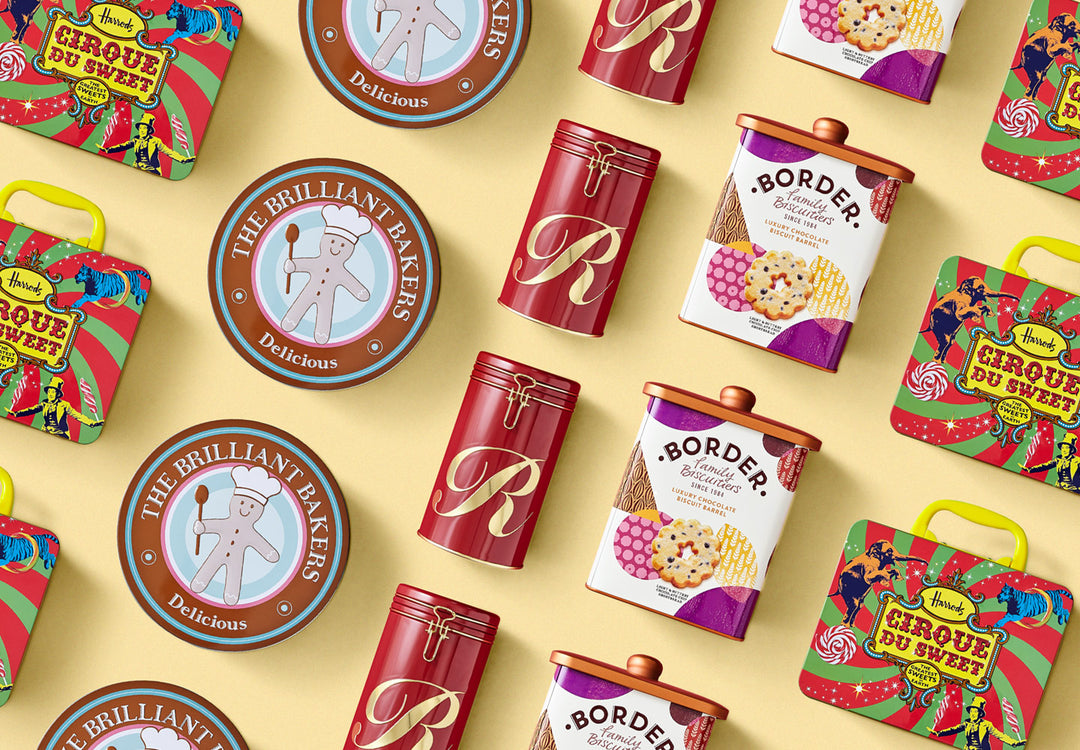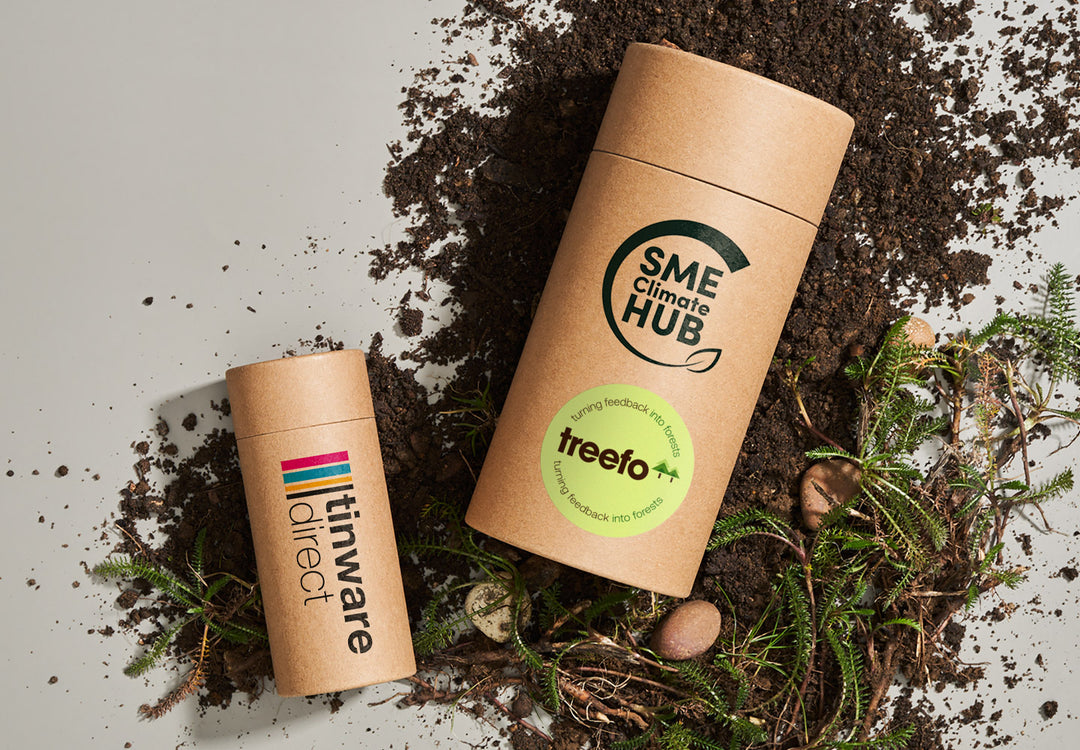The Most Challenging Marketing Areas For Small Businesses

Are you running a small business? If so, then it’s important to find ways to level the playing field against your greatest competitors. This is particularly important in the world of marketing where it can feel as though you are constantly swimming against a current, never seeing any progress.
So let’s explore the key areas where small business owners and solopreneurs face their greatest marketing challenges. Along the way, we’ll also explore how the perfect packaging will aid with all your marketing efforts.
Social Media
The greatest challenge for marketing a small business on social media is the level of competition. There are over 200 million business accounts on Instagram alone. That includes everyone from Disney to small cosmetic packaging companies. So, how do you carve out a solid section of social interest for your small business?
Identify Your Target Audience
Small business owners often make the mistake of trying to market to the largest audience possible. While you might reach a large audience, there’s no guarantee that audience will convert or even have an interest in your products.
That’s why it’s crucial you identify your target audience. To do this you need to:
- Explore who is already purchasing your products and services
- Think about their age, gender, interests, likes and dislikes.
- Create detailed buyer personas from these details
- Conduct market research using both surveys and analytical tools
Once you identify your audience, you need to think about both your brand voice and your brand identity. This should be consistent across your social networks to create a memorable brand experience.
To ensure that your posts and content are seen, use the tricks of the trade including hashtags. This is an easy way to get noticed and latch on to a larger trend or marketing event that goes beyond your brand. This could be social causes such as International Women’s Day. Remember, it’s always important to relate anything like this to your brand and your target audience. If not, then you run the risk of it feeling like virtue signalling.
It’s always worth playing to your biggest strength as a small business and that’s your ability to deliver a personalized solution that feels unique to each customer. It’s easy to do this on social media because you can reply to comments directly, answer questions, or start discussions.
That leaves the final challenge you can have when using social media to market a small business and that’s time. Ideally, you should be posting on each of your accounts multiple times every day. This can be difficult, particularly if you don’t have a business team. One way around this is to outsource social media to a professional content creator. If you are determined to DIY your social campaign, use a CMS tool. That way, you can schedule your posts in bulk and ensure that there’s always something fresh for your audience.
If you have stunning packaging, you’ll find it far easier to attract the right attention on social media. You can use your packaging as marketing material to create stunning aesthetics and a visual style on social platforms like Instagram. A gorgeous image is a great way to guarantee a click or even a follow.
Email marketing is often viewed as a dead marketing strategy. However, it can still be useful for small business owners.
The challenge here is ensuring that an email is viewed as valuable to your target audience instead of spam or junk. You need a high open rate and click through rate. To do this, you should create a segmented audience list. In doing so, you can make sure that each email matches specifically with a specific audience or group.
To get started, use a signup form on your website to collect customer emails. Then choose what kind of emails you are going to send out. Ensure that you create an email template that is presentable and easy to read. Remember, this still needs to match your brand image.
Start strong and you can create a scenario where loyal customers click through immediately once they recognise an email is from your brand.
Once you begin sending out emails, track the results. In doing so, you can check which emails customers are responding to and which ones they ignore completely.
To win with your email marketing, you need to incentivise customers to continue their journey. They need to follow a call to action or click a link. You can push them to do this with stunning images of your products in packaging that captivates their attention. It’s true what they say, a picture is worth a thousand words.
Website Marketing
Finally, let’s explore website marketing. Your website is the digital front door of your business. It’s how people find your company, discover your products, and connect with your brand.
Similar to social media, you will always face a lot of competition when setting up a website for your small business. The good news is that there are lots of little steps that you can take to get this part of your marketing strategy right.
First, it’s important to focus on the basics like security. Plenty of major business websites still do not have the right security standards in place. Others are hard to navigate while many more have slow response times. This leads to a frustratingly poor experience for users.
If you are working with a smaller site, then you’ll find it easier to get all these elements right from day one and create the best possible impression.
Next, consider your content strategy. High quality content will help your website stand out. Remember, it’s all about providing a personal solution. So, encourage user input with an open comment section. Then, you can respond to customers directly and hopefully lead them towards a sale.
Budget is another big concern for small businesses. A quality web design service doesn’t come cheap. That said, there are ways to reduce the cost. For instance, consider using high quality stock photos for your site. These can help your pages look and feel more professional without the need to pay a photographer. With AI tools, it’s also easy to create exactly what you want.
To create the right impact with your website, it needs to be appealing and a visual feast for your audience. It’s easier to create stunning imagery if your products already look picture perfect. Whether you’re selling cosmetics, candles or even pet food, it’s all about the packaging. Create a product that stands out on your website, guaranteeing customers click through to the final sale.
As you can see, it can be difficult to close the marketing gap between you and some of your larger competitors. However, with the right strategies in place, you can still gain the right level of attention from your target audience.







